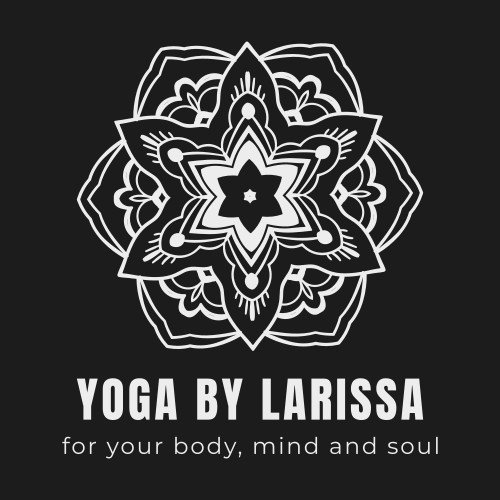Types of Meditation
Yoga by Larissa
Types of Meditation
Yoga by Larissa - In home and in office Meditation Experiences
(Phoenix and Scottsdale, AZ area)
Meditation is a practice that cultivates mindfulness, relaxation, and self-awareness. There are various techniques and types of meditation, each offering unique benefits. Here are some of the most common types:
1. Mindfulness meditation: This type of meditation involves bringing attention to the present moment without judgment. It focuses on observing thoughts, sensations, and emotions without becoming attached to them. Mindfulness meditation improves overall awareness and reduces stress.
2. Transcendental meditation: Transcendental meditation revolves around the repetition of a mantra. Practitioners sit comfortably and silently repeat a specific sound or phrase to reach a state of deep relaxation and promote inner peace. It is often practiced for approximately 20 minutes, twice a day.
3. Loving-kindness meditation: Also known as Metta meditation, this type cultivates feelings of love, kindness, and compassion towards oneself and others. Practitioners mentally recite loving phrases or visualize well-wishing towards different individuals or groups. Loving-kindness meditation enhances empathy and promotes positive social connections.
4. Guided meditation: In guided meditation, practitioners follow the instructions of a trained teacher, either in person or through recorded audio. This type of meditation provides a structured experience, often guiding participants through imagery or visualization to induce relaxation and focus.
5. Body scan meditation: Body scan meditation involves systematically focusing attention on different parts of the body, from head to toe. The aim is to bring awareness to bodily sensations, relax tension, and release stress. Body scan meditation can be practiced lying down or in a seated position.
6. Walking meditation: As the name suggests, walking meditation involves slow, deliberate walking with focused attention on the movement of the body. It often takes place in a quiet, peaceful setting, allowing practitioners to observe their footsteps, breathing, and the sensations of walking. Walking meditation combines physical activity with mindfulness.
7. Breathing meditation: This technique centers around the breath as a point of focus. Practitioners pay attention to the rhythm, depth, and sensation of the breath, anchoring themselves in the present moment. Breathing meditation cultivates relaxation, concentration, and a deeper connection with the breath.
8. Visualization meditation: Visualization meditation uses the power of imagery. Practitioners create vivid mental images, such as peaceful scenes or positive affirmations, to stimulate relaxation and focus. Visualization can aid in manifesting goals, reducing anxiety, and enhancing overall well-being.


